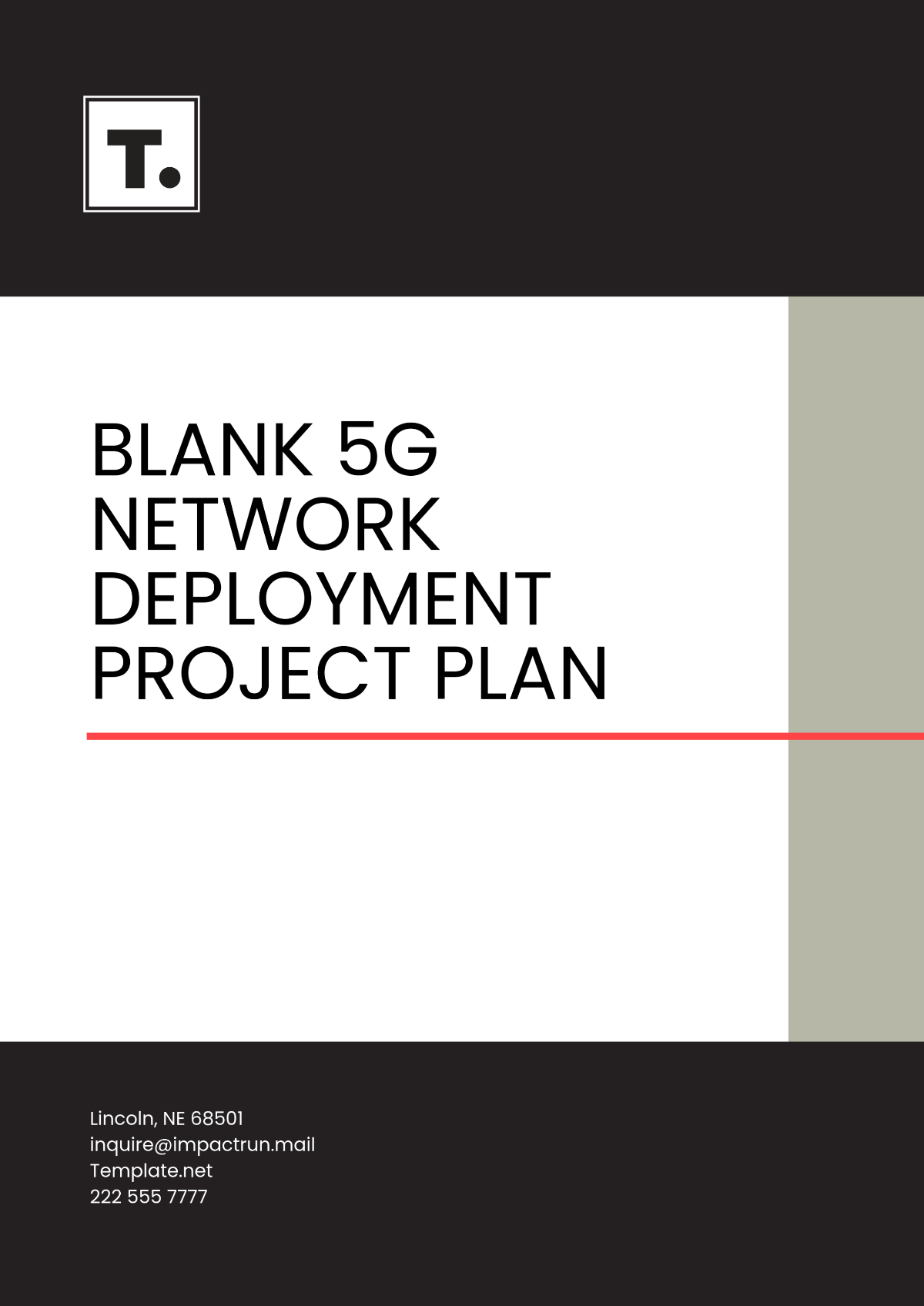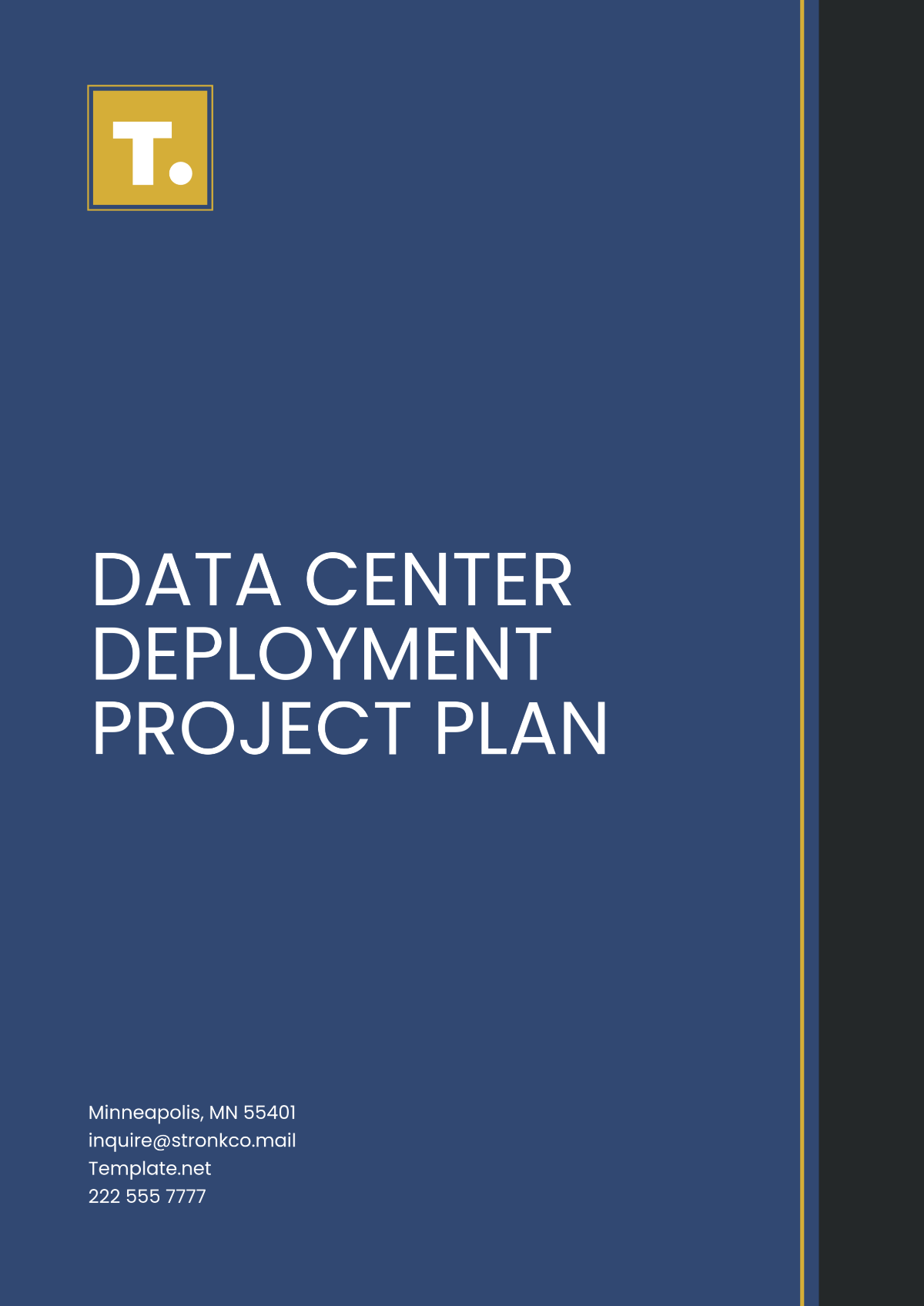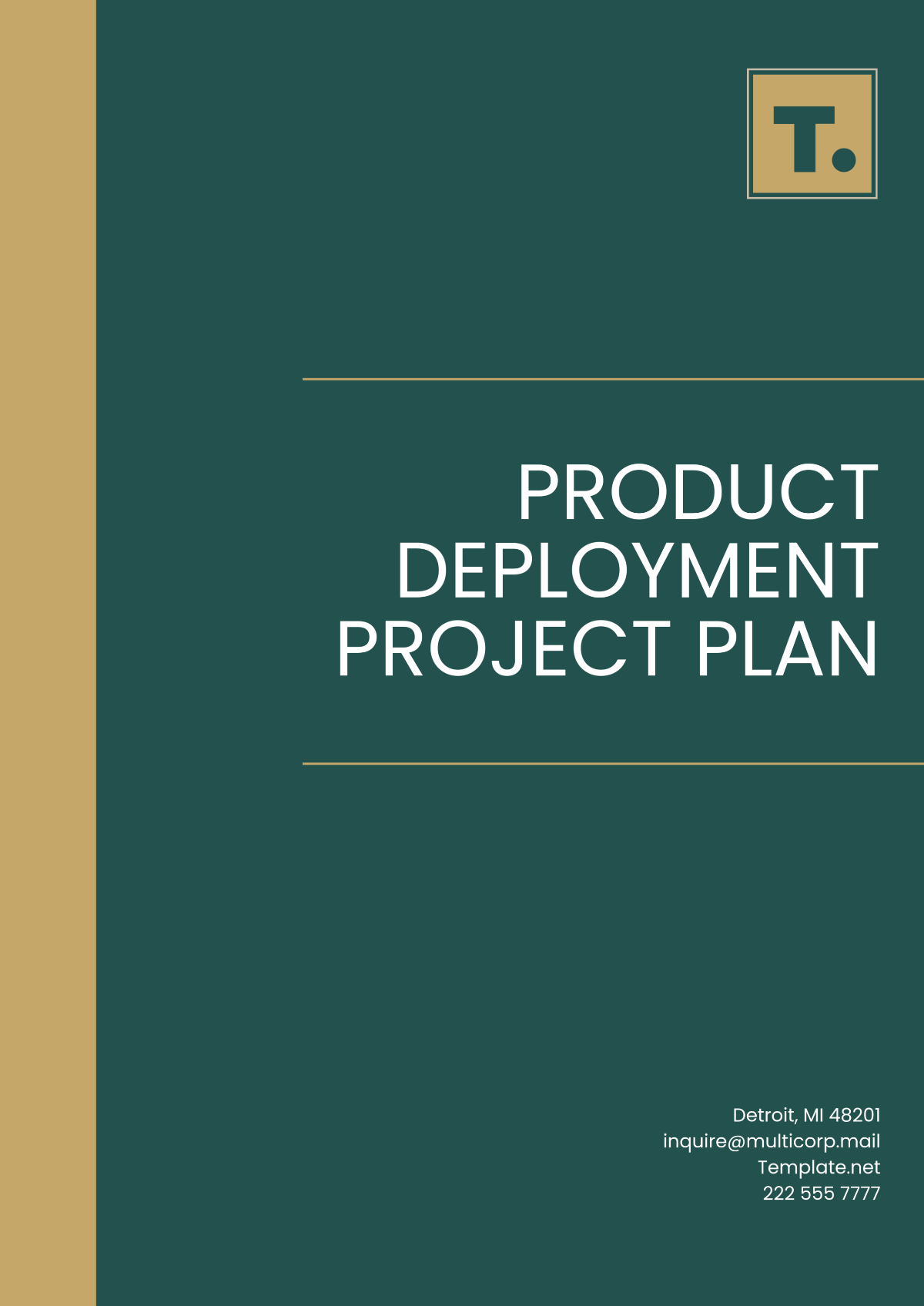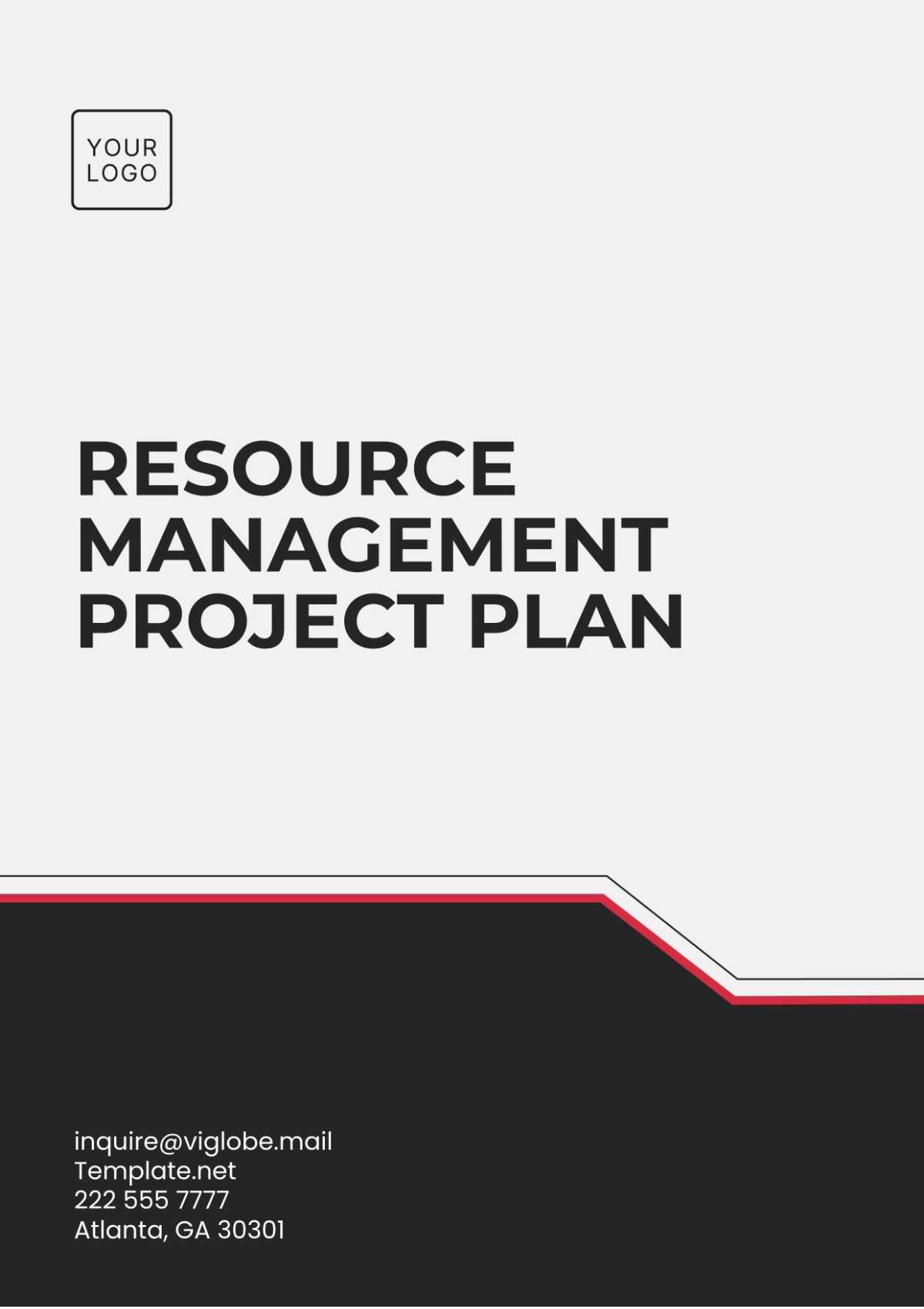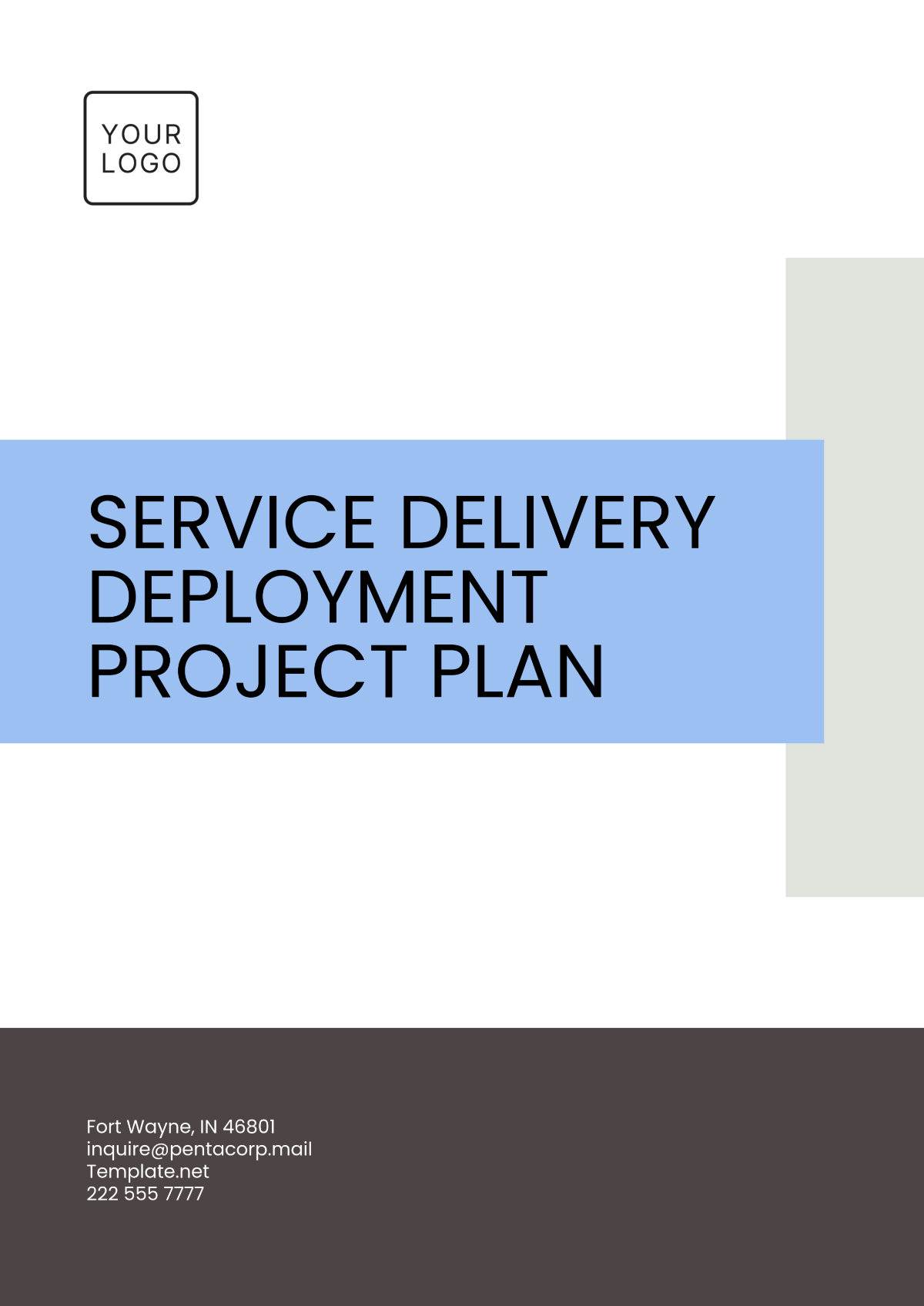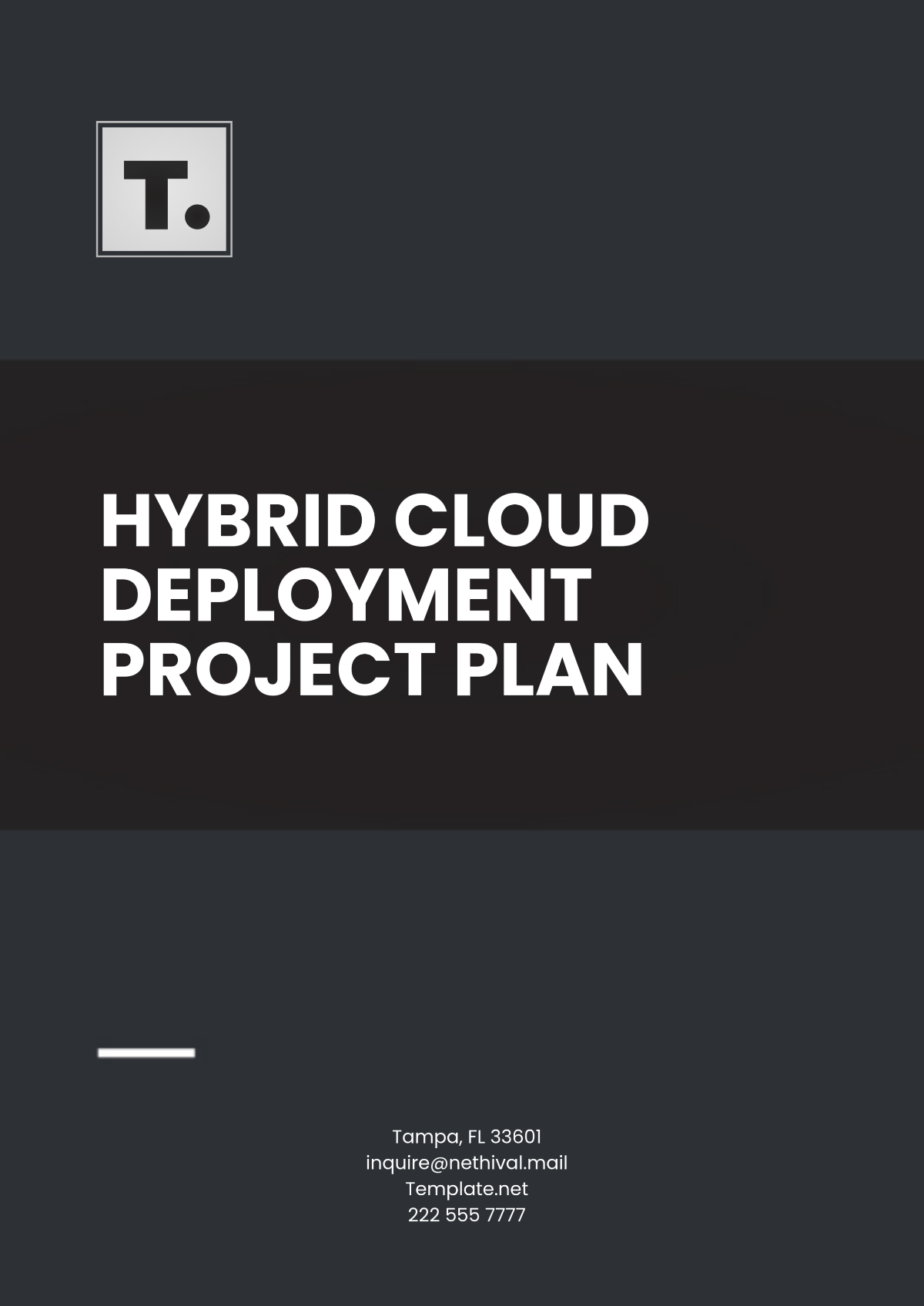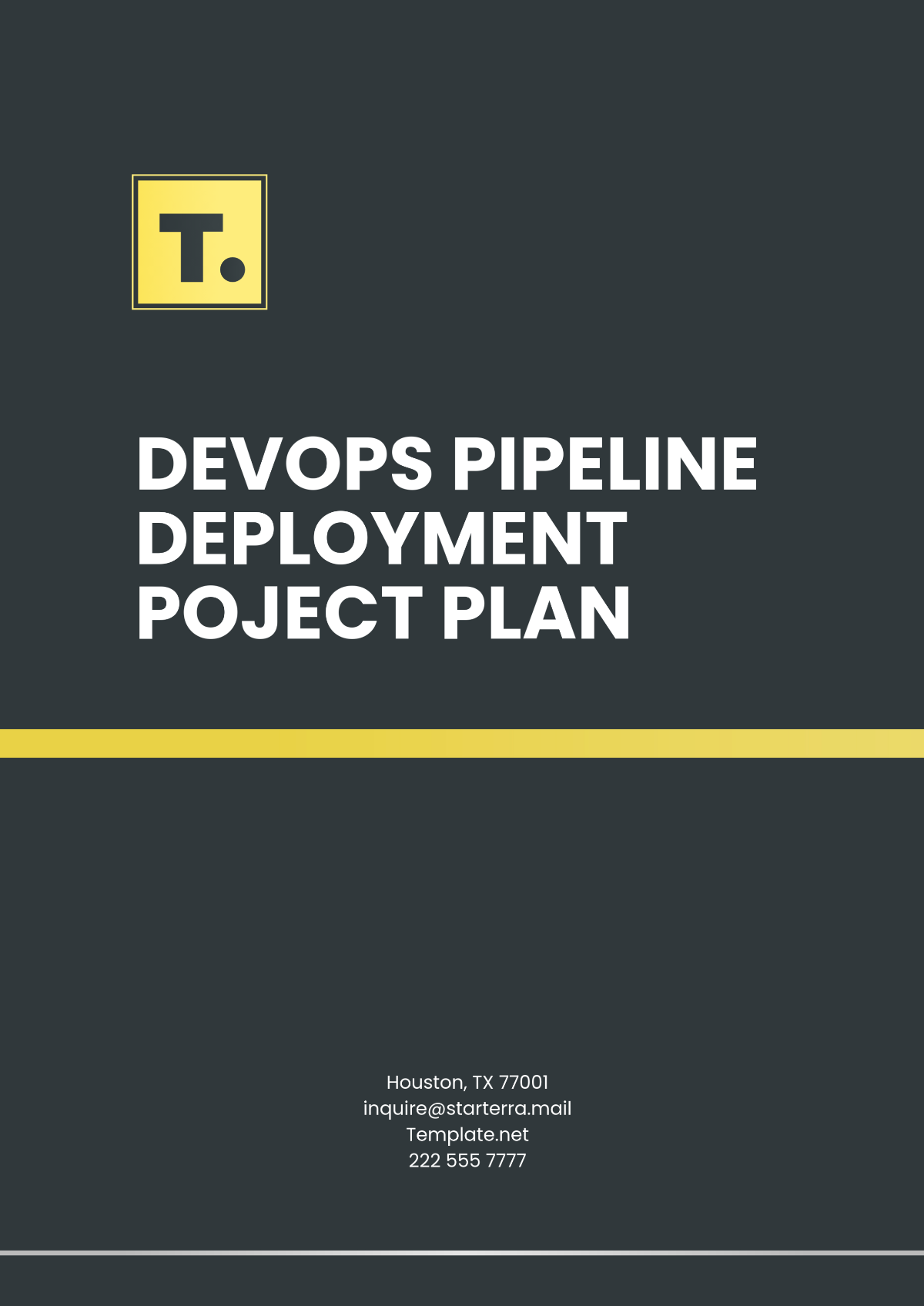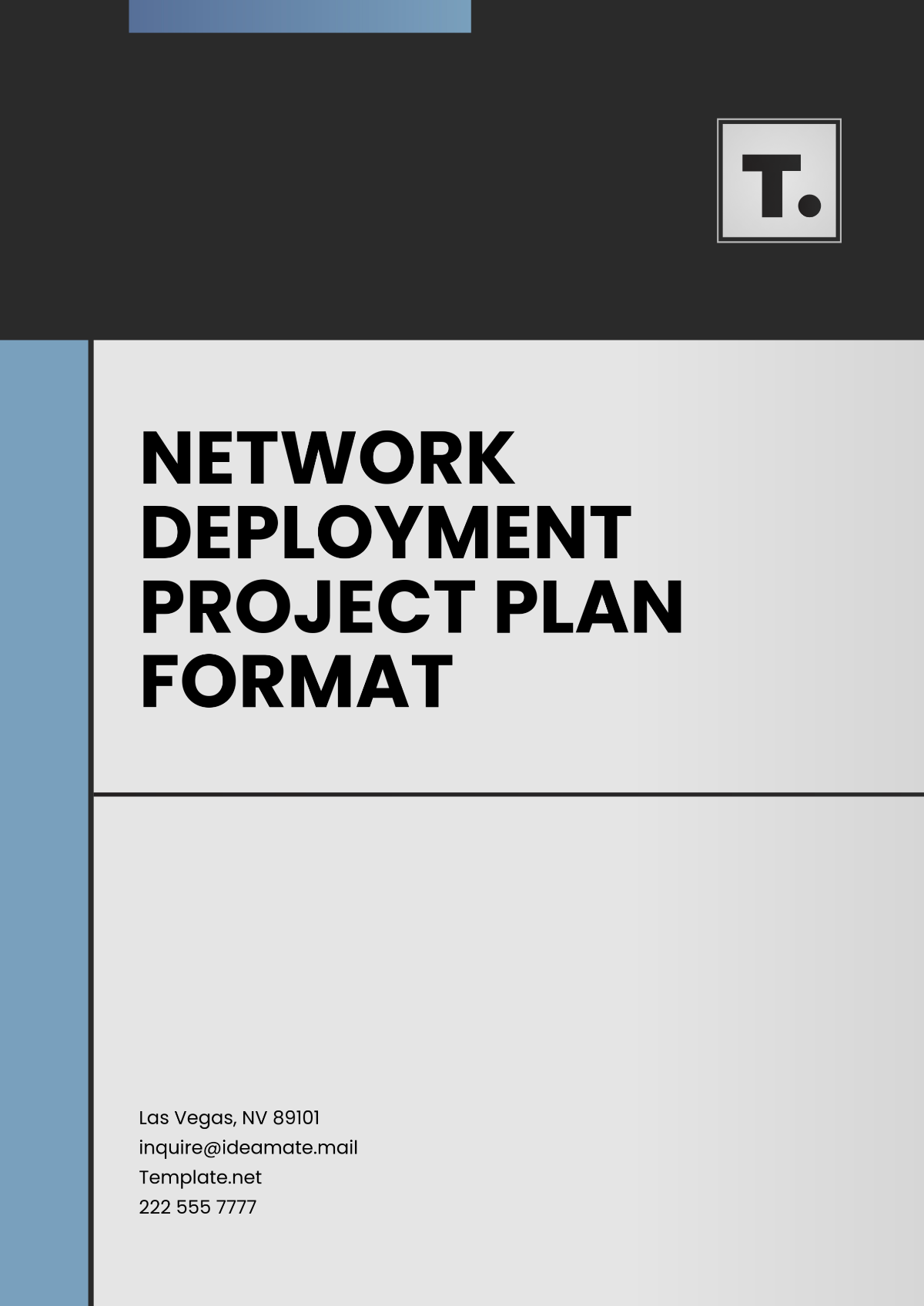Disaster Recovery Project Plan
I. Introduction
The Disaster Recovery Plan (DRP) outlines procedures and protocols to mitigate risks and ensure continuity in the event of unforeseen issues during the Data Center Migration Project. This plan aims to minimize downtime and data loss, safeguarding [Your Company Name]'s operations and reputation.
II. Plan Objectives
Ensure uninterrupted access to critical systems and data
Minimize downtime and productivity loss
Mitigate financial losses
Ensure compliance with regulatory requirements
Communicate effectively with stakeholders
III. Risk Assessment
A. Identification of Risks
Hardware failure during migration
Software compatibility issues
Data corruption or loss
Network connectivity disruptions
Security breaches
B. Impact Analysis
Risk | Impact | Probability | Mitigation |
|---|---|---|---|
Hardware failure | Critical systems offline, data loss | High | Redundant hardware setup, regular backups |
Software compatibility issues | System incompatibility, operational delays | Medium | Thorough testing, software updates |
Data corruption or loss | Data integrity compromised | High | Incremental backups, data validation procedures |
Network connectivity disruptions | Business operations disrupted | Medium | Redundant network pathways, alternative connectivity options |
Security breaches | Data breaches, reputational damage | High | Firewall protection, encryption protocols, regular security audits |
IV. Recovery Strategies
A. Hardware Failures
Regular backups of critical data
Implementation of redundant hardware components
24/7 monitoring and alert systems
B. Software Compatibility Issues
Thorough testing of applications prior to migration
Regular updates and patches
Establishment of rollback procedures
C. Data Corruption or Loss
Frequent data backups with off-site storage
Data validation and integrity checks
Implementation of disaster recovery software
D. Network Connectivity Disruptions
Redundant network infrastructure
Backup connectivity options (e.g., mobile hotspots)
Proactive monitoring and troubleshooting
E. Security Breaches
Firewall protection and intrusion detection systems
Regular security audits and vulnerability assessments
Employee training on cybersecurity best practices
V. Roles and Responsibilities
A. IT Project Manager
[Your Name]: IT Project Manager - Oversees the development, implementation, and maintenance of the DRP.
Aria Stewart: Disaster Recovery Coordinator - Assists the IT Project Manager in coordinating the DRP execution.
Madison Phillips: Network Administrator - Manages technical aspects related to network recovery tasks.
Riley Williams: Data Recovery Specialist - Responsible for managing data restoration processes.
Abigail Garcia: Communication Lead - Coordinates internal and external communication regarding the DRP.
B. Department Heads
Samuel Arnold: Operations Manager - Ensures business continuity within departments.
Levi Willis: Finance Manager - Manages financial aspects related to recovery efforts.
Ava Mccarthy: Human Resources Manager - Addresses employee-related concerns during recovery.
VI. Communication Plan
A. Internal Communication
Establishment of a communication chain
Regular updates via email, meetings, and internal messaging platforms
Designation of a communication lead
B. External Communication
Development of a press release template for public announcements
Appointment of a spokesperson for media inquiries
Regular updates on company website and social media platforms
VII. Testing and Training
A. Testing Procedures
Scheduled drills to test the effectiveness of recovery strategies
Documentation of test results and areas for improvement
Incorporation of feedback into the DRP
B. Employee Training
Mandatory training sessions on DRP protocols
Distribution of educational materials and resources
Simulated scenarios to familiarize employees with emergency procedures
VIII. Maintenance and Review
A. Regular Updates
Annual review of the DRP
Revision of recovery strategies based on technological advancements and organizational changes
Documentation of updates and version control
B. Performance Evaluation
Monitoring of key performance indicators (KPIs) related to disaster recovery
Identification of areas for improvement through post-incident analysis
Continuous refinement of the DRP



















